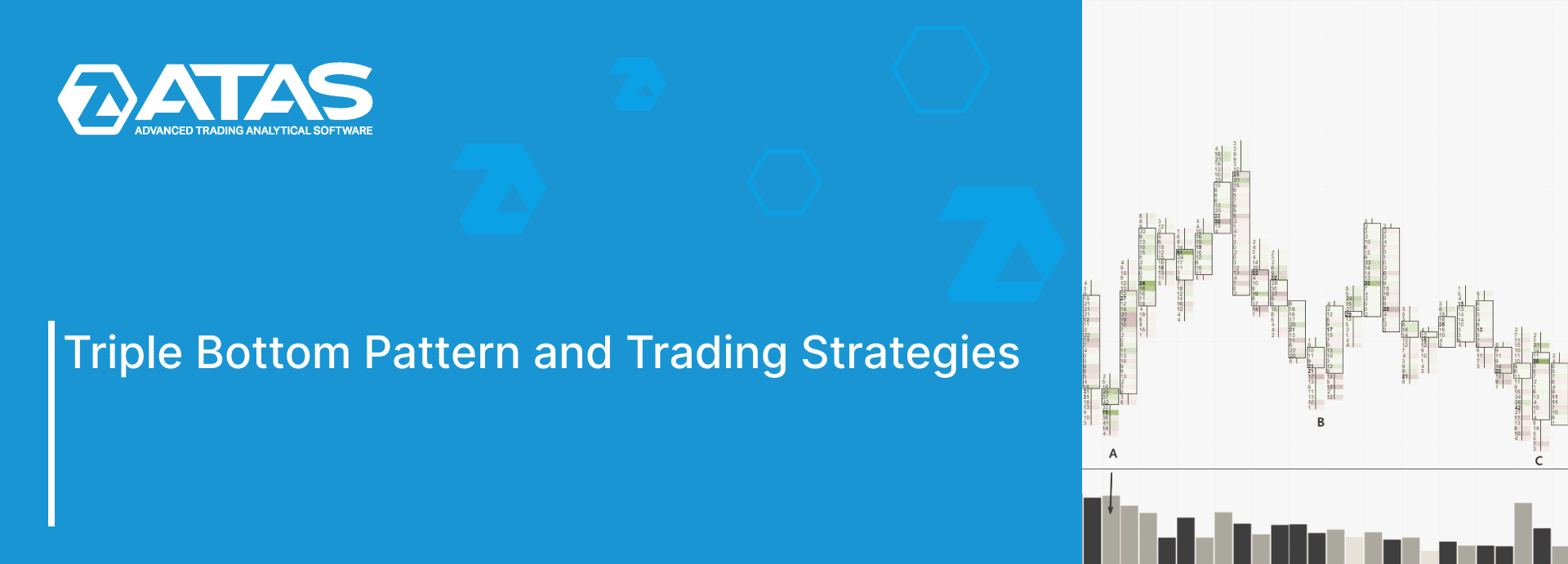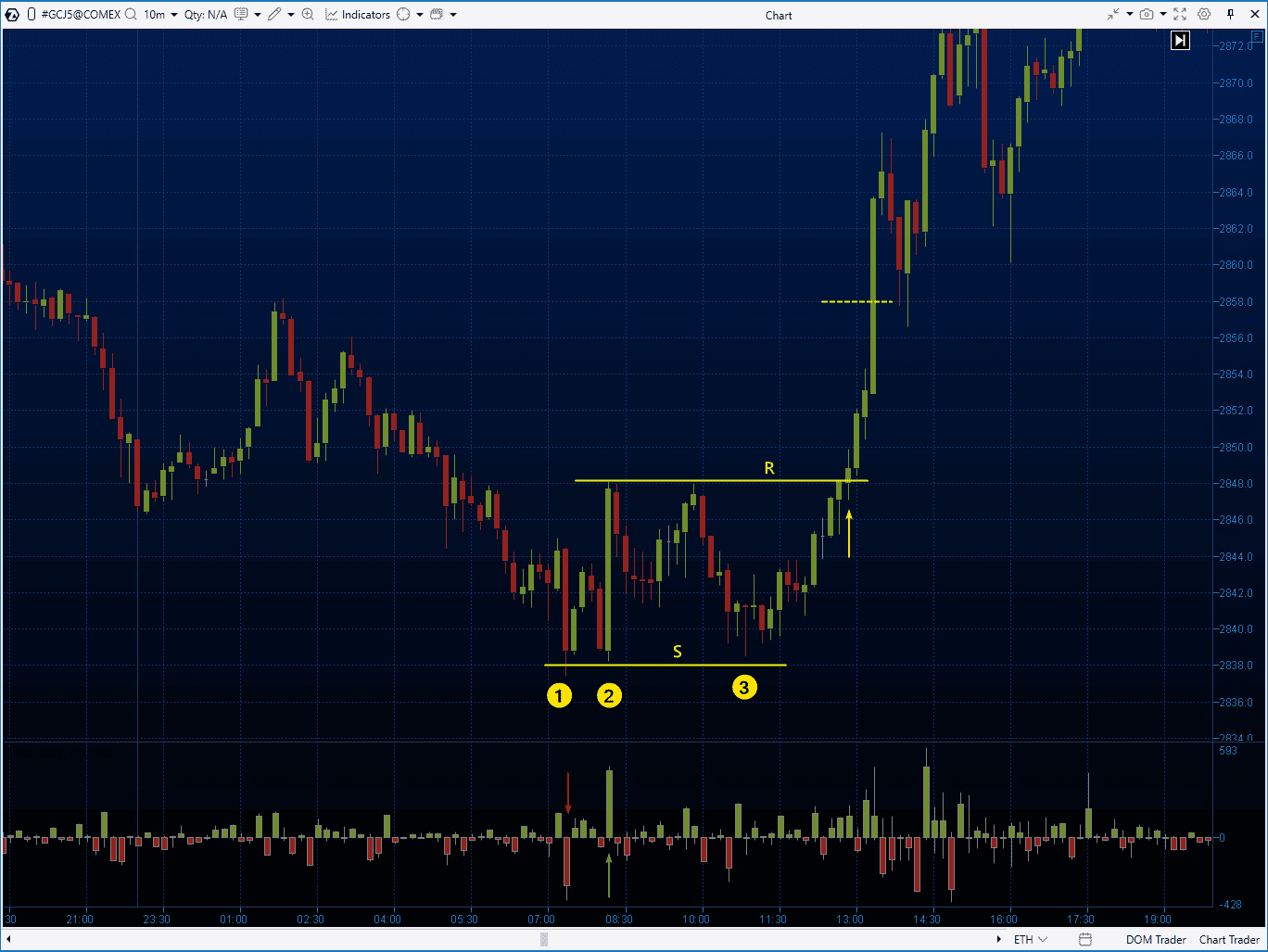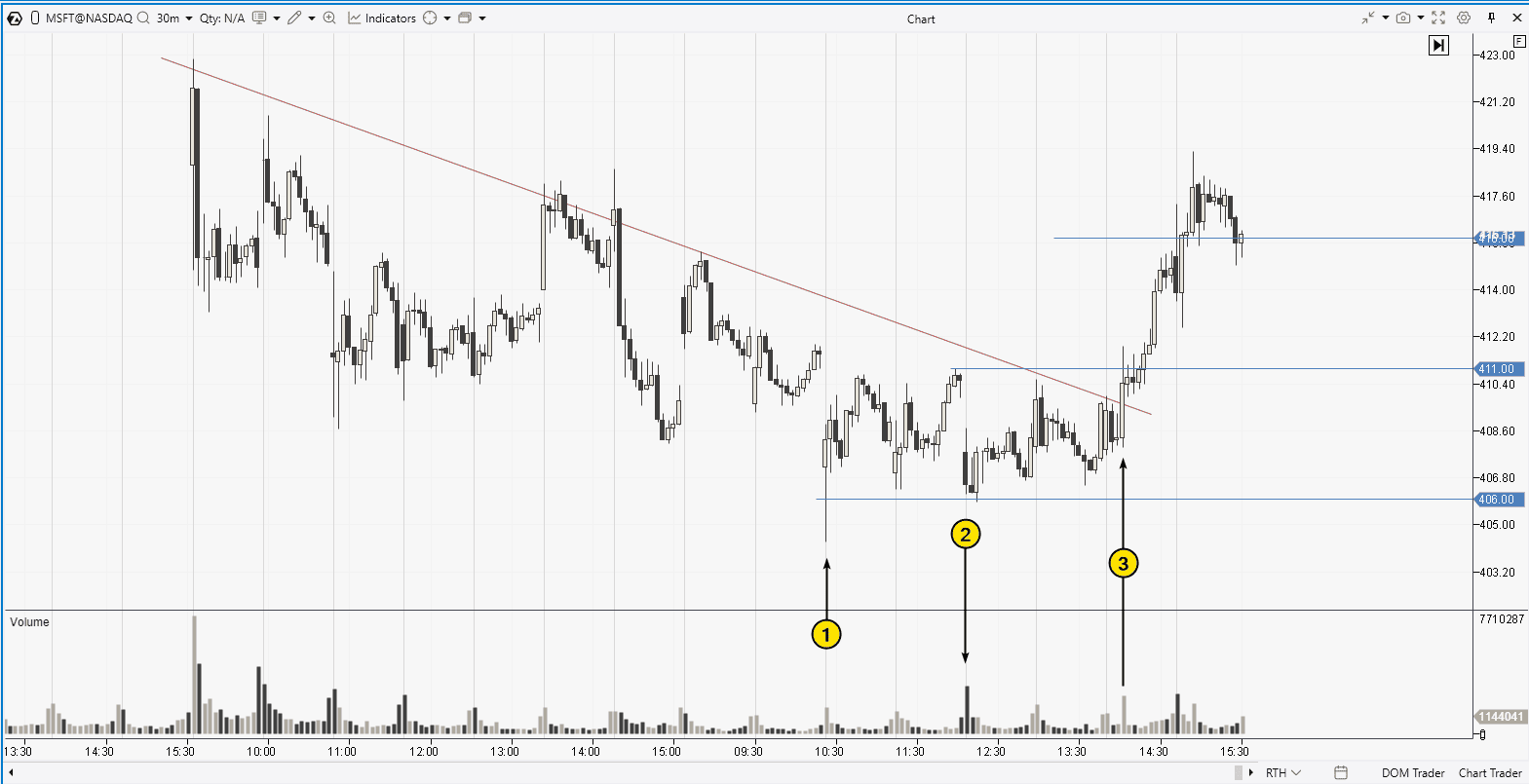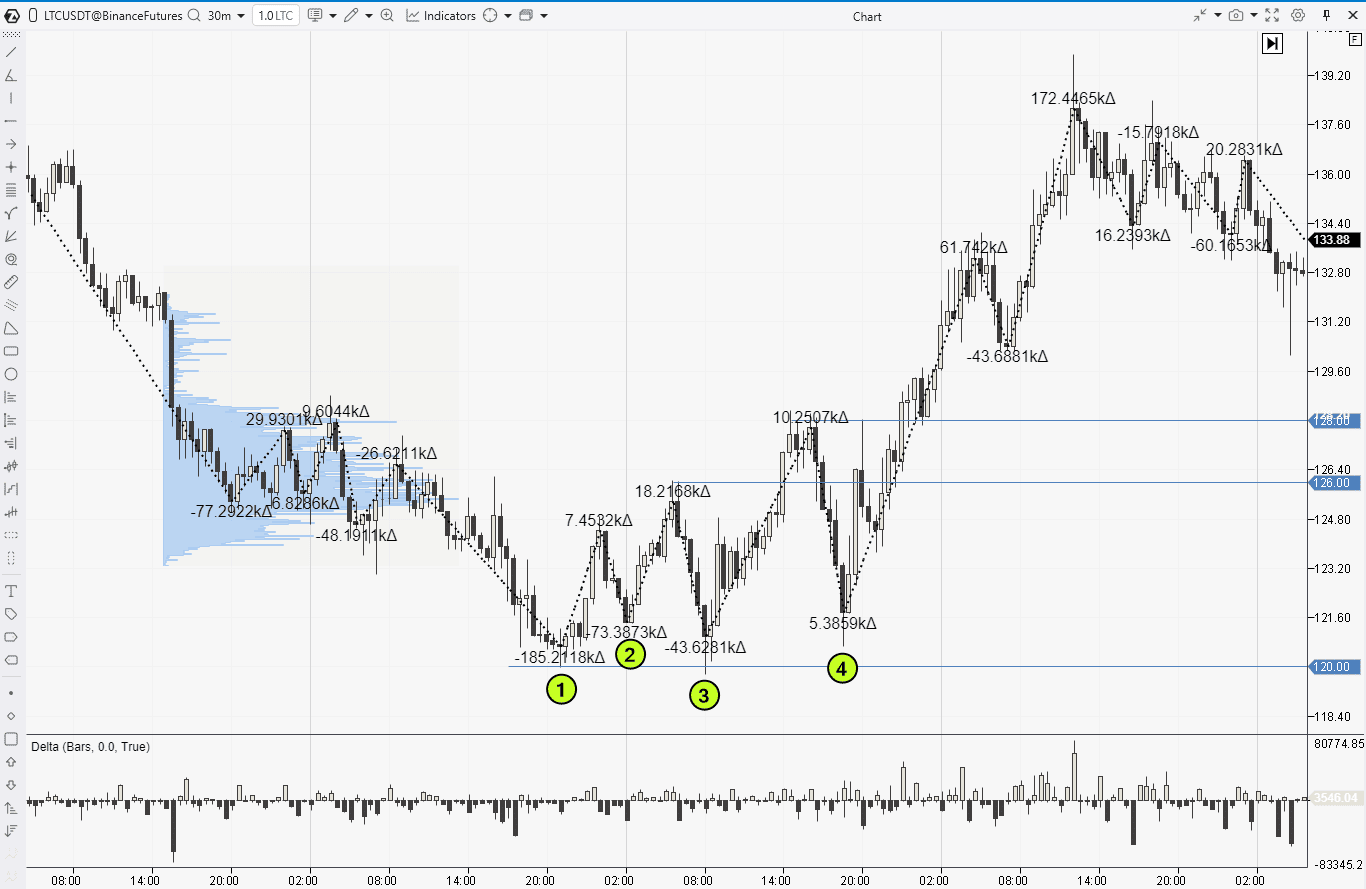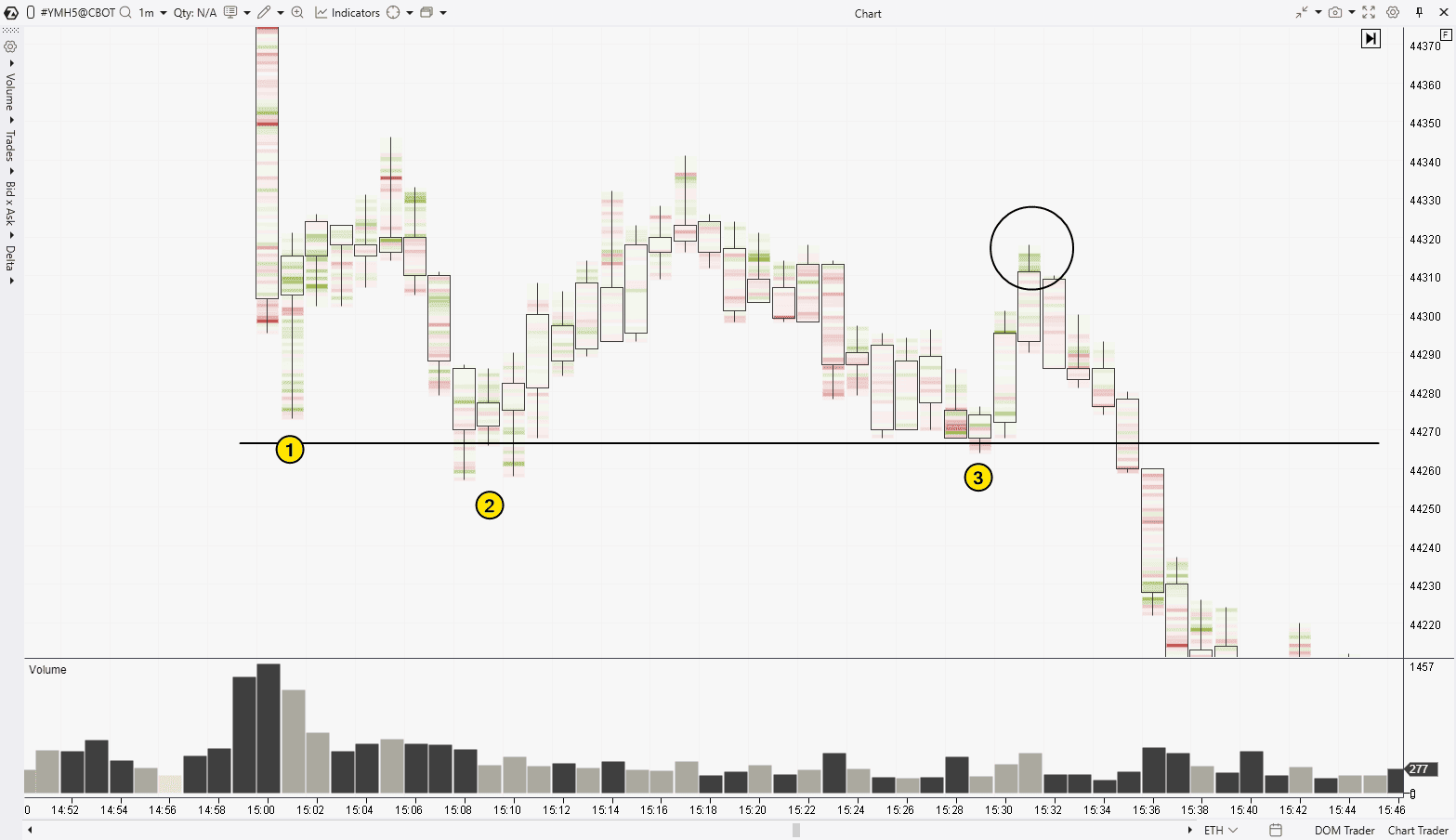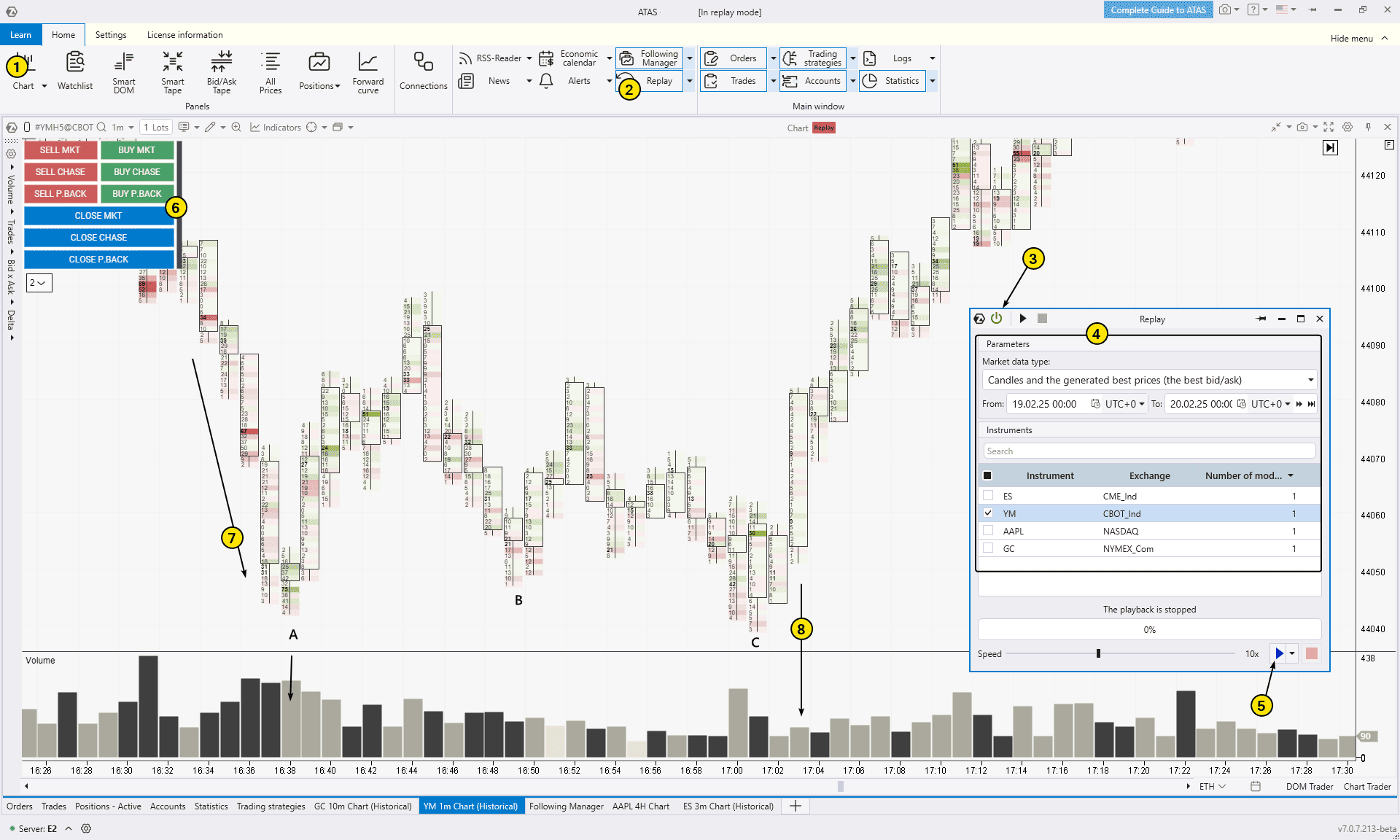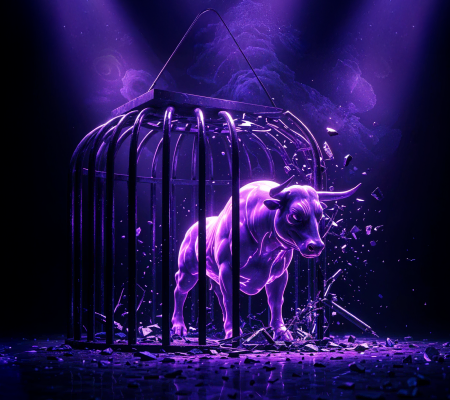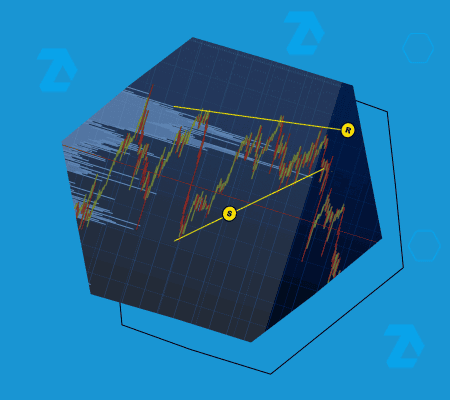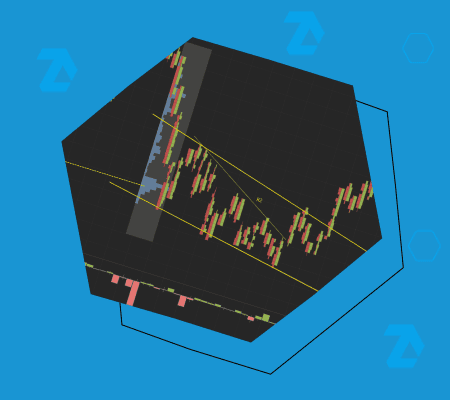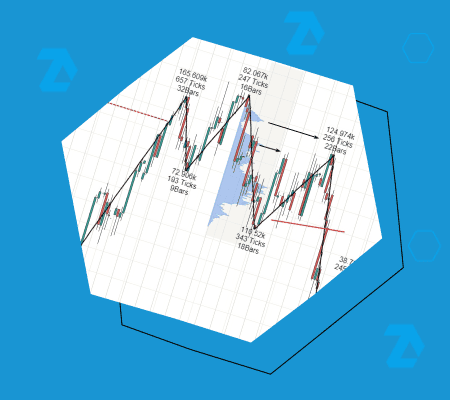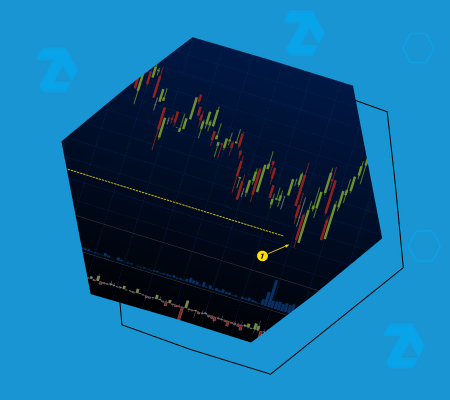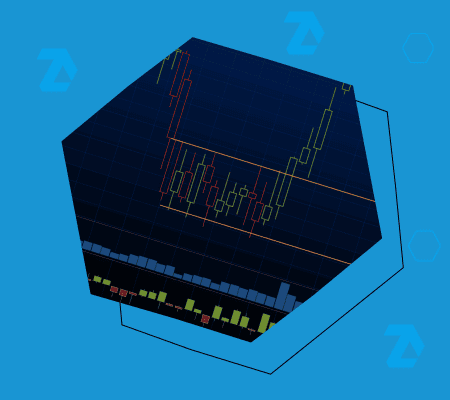How is the triple bottom formed?
This pattern is characterized by three lows, which occur as the price rebounds from roughly the same level, indicating it as a significant support level. Technical analysts identify this pattern and then draw the upper and lower boundaries that frame it.
What does the triple bottom pattern mean?
It can signal a potential market reversal for traders. However, there is a risk that the triple bottom could appear as a consolidation phase before the downtrend continues. Therefore, it is crucial to implement risk management techniques to protect your capital from excessive losses (just like with any other trading strategy).
How is the triple bottom different from other patterns?
Identifying the triple bottom pattern on a chart (like other chart patterns) is a subjective process, which can sometimes lead to confusion: where one trader sees a triple bottom, another may interpret it as a symmetrical triangle or something else.
Inverse Head and Shoulders
The inverse head and shoulders is a variation of the triple bottom pattern, where the middle low is lower than the two surrounding lows. For more details on this pattern, refer to the article Head and Shoulders in Trading.
Double Bottom
The double bottom is very similar to the triple bottom but, as the name implies, consists of only two lows. Both patterns signal a potential reversal of a bearish trend, though the triple bottom is generally considered a more reliable indicator (but it occurs less frequently).
Symmetrical Triangle
The triple bottom typically forms after an extended price decline and often represents a phase of consolidation, where supply and demand are temporarily in balance. The symmetrical triangle is another type of consolidation pattern. Unlike the triple bottom, which features horizontal support and resistance levels, the symmetrical triangle is characterized by converging trend lines, indicating a gradual decrease in market volatility.

